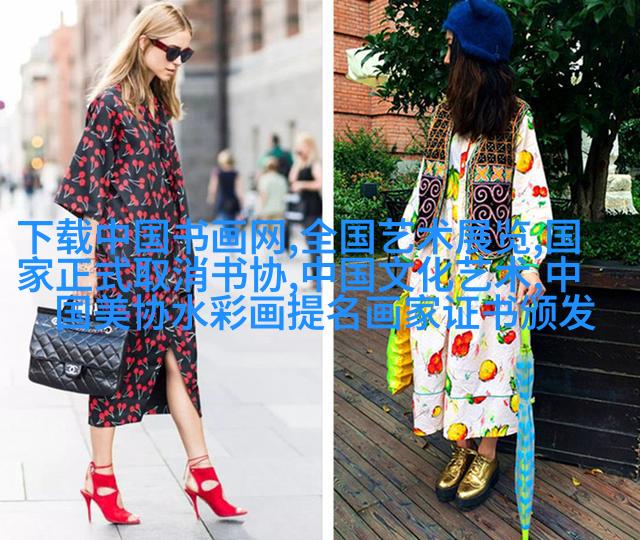东方美学探索日本传统文化艺术的魅力展开
什么是日本的文化艺术?

在众多国家中,日本无疑以其独特而丰富的文化艺术著称。从古代到现代,日本人的创造力和审美观念不断演化,这些都在其传统与现代融合的作品中得到了体现。在深入了解这一领域之前,我们首先需要了解一下“文化艺术”这个概念。
历史与发展

要理解日本的文化艺术,我们必须回顾其悠久的历史。自远古时期以来,日人就开始了对自然、宇宙以及自己生活方式的一系列记录和表达。这包括了绘画、雕塑、陶瓷等各类手工艺品,以及后来的文学作品如诗歌和戏剧。随着时间推移,这些传统逐渐形成了一套完整而复杂的人文精神。
尤其是在江户时代(1603-1868年),当时被称为“浮世绘”的木版印刷技术兴起,使得平民也能欣赏到精美绝伦的大师级别绘画。这一技术不仅促进了视觉艺术的手法创新,也为日后的电影制作奠定了基础。此外,当时流行的一种戏剧形式——浓缩剧,即现在所说的Noh剧,也在这段时期得到进一步发展,为世界舞台提供了一种新的表现形式。

几大代表性风格
提及日本文化艺术,最引人注目的是它独有的几大代表性风格。其中最有名的是浪漫主义倾向较强的“禅宗风格”,这种风格常常体现在静谧宁静的情境描写上,如山水画中的天地间之和谐。而另一方面,“躯体”或肉身本质强调的人物形象则出现在战国时代末期至安土桃山时代初期产生的一种新兴绘画流派——“神仏变换”中,它将人们看作是内心世界变化莫测的事实象征。

此外,还有一股重视技巧高超但又带有幽默意味的小说家们描写生活细节的心理倾向,在明治维新前后出现并迅速蔓延,以丰子规《水浒传》为代表,是另一种重要类型,其对于社会问题进行讽刺批评具有很高意义。
影响与交流

在全球范围内,Japanese culture has had a profound impact on the world. From fashion to architecture, Japanese aesthetics have influenced designers and artists across the globe. For instance, Zen Buddhism's influence on Western art is well-known; its emphasis on simplicity, clarity and minimalism can be seen in works by artists such as Mark Rothko.
In addition, Japan's unique approach to technology has also led to new forms of artistic expression. The development of anime and manga (Japanese comics) has given rise to a new generation of global fans who are drawn to their distinctive visual style and storytelling techniques.
Moreover, traditional Japanese arts like calligraphy (Shodou), flower arrangement (Ikebana), tea ceremony (Chanoyu or Ocha), pottery (Kutani) etc., have been recognized for their beauty worldwide.
As an active participant in international cultural exchanges, Japan continues to export its unique perspectives through various channels including exhibitions at museums around the world, performances at festivals abroad etc., further enriching the global cultural landscape with its distinct voice.
未来展望:跨界合作与数字媒体
Looking ahead into the future of Japanese culture art we see both challenges and opportunities emerging. As globalization becomes more prevalent it is becoming increasingly important for Japanese artists not only maintain their own traditions but also adapt them into new contexts while remaining true to their essence.
One area that holds great potential for growth is cross-cultural collaboration between Japan and other countries. This could involve collaborations between different cultures' artists creating work together or learning from each other which would bring fresh perspectives into each tradition thereby enriching them even more.
Another area where we see tremendous opportunity lies in digital media technologies such as 3D printing virtual reality etc.. These technologies offer possibilities for preserving traditional craftsmanship methods while adapting them into modern context allowing younger generations access these timeless skills without losing touch with history thus preserving our collective heritage forever
In conclusion understanding Japanese culture arts requires an appreciation not just of what they represent today but also how they evolved over time drawing inspiration from nature philosophy spirituality amongst others yet always maintaining relevance within ever-changing society this journey will continue shaping human civilization as we move forward together embracing diversity harmony unity